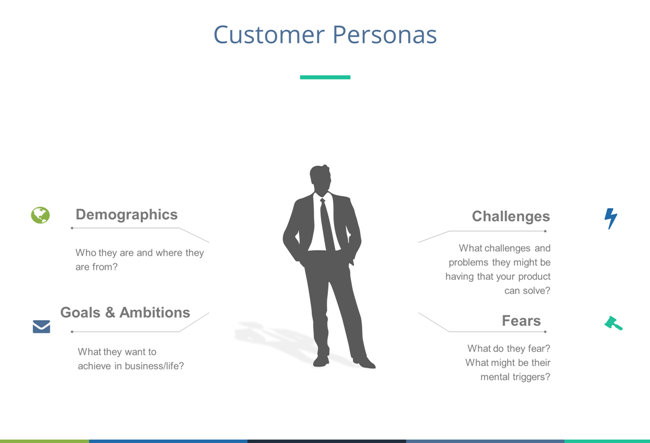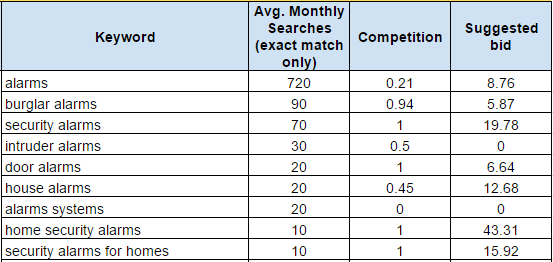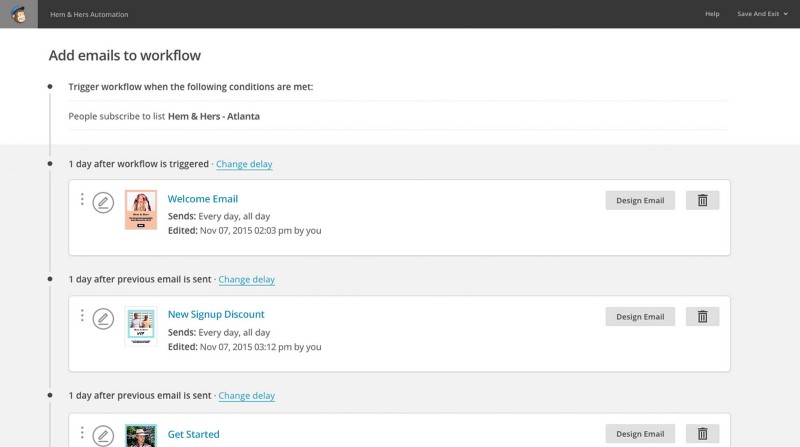
What is inbound marketing?
Wikipedia defines it as:
…marketing activities that bring visitors in, rather than marketers having to go out to get prospects’ attention. Inbound marketing earns the attention of customers, makes the company easy to be found, and draws customers to the website by producing interesting content.
In other words, inbound marketing is the exact opposite of traditional marketing!
Conventional marketing takes the brand, service or product to the potential customer, and urges them to check it out.
On the other hand, inbound marketing draws the customer in with interesting/helpful information, gets them interested in the brand/business, and then pitches them a product/service that would be useful to them.
In a nutshell, inbound marketing can be summarized into 3 distinct steps:
Step 1: Get new prospects
Step 2: Convert prospects into leads
Step 3: Convert leads to paying customers
Let’s look at each of these steps in detail.
The first step is to get people to visit your site and see what you have to offer. Once they are interested, they take the next step and contact you or sign up for your emails.
There are whole process involved in getting a casual site visitor to become a business prospect. The process is outlined below, and you can follow the same steps to get new prospects through your business website.

A customer persona is essentially a rough sketch of who your ideal customer is. It would be a representation of who you are targeting through your business.
Some factors you’ll have to identify for your ideal customer include:
Try to be as specific as possible. This will help you get a clear idea of whom you are targeting through your business. These are the people who might be interested enough to visit your website and eventually buy from you.
Once you’ve identified who your target audience is, you need to find out what their pain points are with respect to your business niche. The challenges and fears identified in the previous section will help you get a clue on what issues your customers go through in general.
When you identify the issues customers generally face with businesses in your niche, it will give you an idea of how you can solve that problem and rise and rise above your competitors.
Taking your target audience and their pain points into consideration, you can start jotting down content ideas that can be published on your website. Just map out the ideas for now; they can be expanded after the next step.

Keyword research helps you identify key terms and phrases that people search for online with respect to your business niche. You can check out this article on how to do keyword research for more information.
Once you have a list of keywords, you can start optimizing your website for search engines.
Include top keywords related to your business within the title and content of key pages on your website. This will ensure that your site pages pop up in search results when your target customers search for specific terms.
Note down the keywords that haven’t been incorporated on your website and develop interesting content around it. Your content could be presented in a variety of ways – articles, whitepapers, ebooks, infographics, workbooks, templates, webinars, interviews, podcasts, videos, etc.
Make sure the content grabs the visitors attention and makes them want to read more. Here are some sample content ideas you can expand on for your business niche:
Try to present the content in a way that people have to sign up for it. For example, people will have to register for a webinar, or give you their email IDs so you can send them an ebook.
When people sign up for your content, you get their email IDs and they become prospects.

An editorial calendar basically allows you to plot out the different types of content you will be publishing on a calendar. It’s ideal to do this at least on a monthly basis.
You will also have to decide how often you will post new content on your site. This depends on your niche, your audience preference, and the time you have to develop content.
At the beginning of each month, take a look at the content ideas you have developed and decide when each of them will be published. Make sure you provide a good mix of content and that it is spread all through the month.
Once each content piece is published, start promoting it through the various social channels you are active on. Use a variety of tactics to get more visibility based on the medium you are sharing on.
For example, on Facebook, you can share a link to your new article, an image related to it, or even a short introductory video on what your article is about.
They key is to get your social media followers to visit your site, and sign up for what you have to offer. If your followers find your content valuable, they are sure to share it with people in their circle of influence, thereby growing your reach exponentially.
Simply put, the more social shares your content gets, the more prospects you are likely to get.
Once you’ve collected enough prospects, its time to convert them in to leads.
Lead generation is the process of nurturing prospective clients and getting them interested in other resources you have to offer.
In the online medium, this is mainly done through email marketing.
Once people sign up for a free resource on your site, make sure their email IDs are collected in an email marketing software, such as MailChimp, MadMimi, AWeber, etc. This gives you the ability to keep in touch with them and provide more helpful resources from your site.
The idea is to keep your business forefront in their mind. So when the need arises, they know they can turn to your products/services to resolve their pain points.
You should have an email marketing plan in place even before you set out to generate leads. Build up an idea of how you will get in touch with your prospects, what you can offer them, and how you can keep them interested in your business.

Image Credit: MailChimp
Email marketing services offer an automates set of emails that can be sent to a prospect, once they sign up for a free resource from you.
The first email will obviously give them access to the resource. But the following emails should tell them more about who you are, your business, and provide other free resources that they can find on your site.
Apart from the email sequence, it’s required that you keep in touch with your email subscribers on a weekly or monthly basis. This helps build a personal connection with them and gets them to trust you.
In every email, make sure you share something encouraging or useful, that would get them to see you as an authority in your niche. In this phase, you might find yourself losing a few prospects, but that is okay. Those who are truly interested in what your business has to offer will remain in touch with you.
The final step is when you convert a lead into an actual customer who is willing to pay to do business with you. When you nurture your leads well and keep them interested in your business, they are more willing to buy from you.
But rather than doing a hard sales pitch, project the benefits of your product/service and how it will improve things for the client.

Image Credit: Shopify
Everybody is unanimously drawn to special offers. Send your email subscribers an limited time offer for a 1 to 1 consultation or a webinar. The time limitation will urge them to act fast and snag the deal.
You could also provide discount codes or create custom packages to make your offer seem more appealing and reasonable.
Once you get people to buy from you, don’t stop there. The cycle goes on, and you must think of the lifetime value of a client.
Rather than end the relationship with just one purchase, keep in touch with them on a regular basis. This can be done by sending seasonal mails or coupon codes that can be shared with their friends.
Constant communication with your clients will build brand loyalty, and could also lead to word of mouth marketing. When each of your clients refers some of their friends to your website, your inbound marketing cycle will start all over again, in a never ending loop… which is good!
The process of inbound marketing may take time and requires a lot of effort. In fact, you might not see much results in the first six months. But all the hard work will pay off and you will be able to get a good client base, and it will serve you well in the long run.
Get ready to take your business to the next level. Lots of free resources, worksheets and eBooks to help you get started.